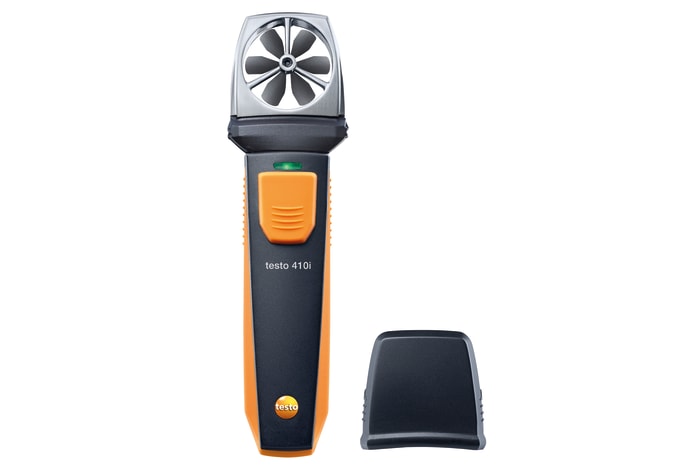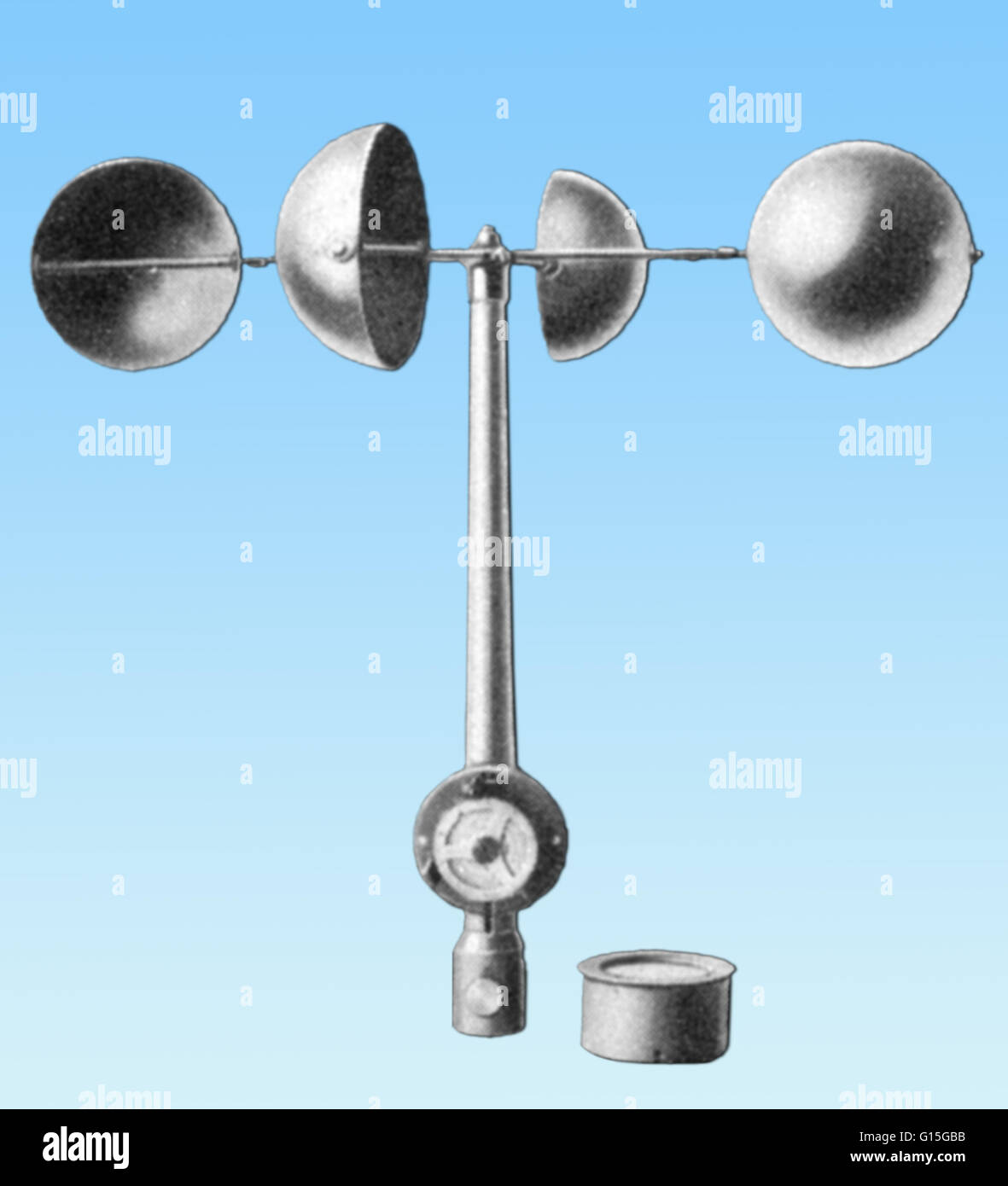Why an Anemometer is Crucial for Your Environmental Information Collection
Why an Anemometer is Crucial for Your Environmental Information Collection
Blog Article
Exploring the Functions and Advantages of Anemometers for Weather Condition Lovers and Experts
Anemometers stand as crucial devices in the world of climate surveillance, satisfying both enthusiasts and seasoned professionals alike. These devices offer a home window right into the vibrant world of wind patterns and speeds, offering indispensable data for meteorological analysis and projecting. From cup anemometers to sonic anemometers, each type brings its distinct set of advantages and applications, shedding light on various aspects of weather. As we look into the features and advantages of anemometers, a much deeper understanding emerges not just of prevailing weather condition phenomena but additionally of the more comprehensive ramifications for fields like wind power manufacturing and environmental research.
Importance of Anemometers in Weather Condition Surveillance
Anemometers play a critical function in weather surveillance by offering exact measurements of wind rate, helping in forecasting and understanding climate patterns. These instruments, varying from conventional mug anemometers to modern ultrasonic anemometers, are crucial for meteorologists, scientists, and climate lovers alike. By gauging wind speed, anemometers assist in determining the strength of weather sensations such as tornadoes, tornados, and cyclones. In addition, they give useful information for aviation, maritime operations, and different sectors that are sensitive to wind conditions.

Kinds Of Anemometers and Their Applications
With the critical duty anemometers play in climate surveillance and projecting, comprehending the different kinds of these instruments and their applications becomes essential for professionals and fanatics in the area. The most common kinds of anemometers include mug anemometers, vane anemometers, hot-wire anemometers, and ultrasonic anemometers. Cup anemometers contain 3 or 4 mugs placed on straight arms that turn with the wind, determining its speed. Vane anemometers, on the various other hand, utilize an openly revolving vane to line up with the wind direction, providing both wind rate and direction measurements. Hot-wire anemometers run based upon the principle of convective heat transfer, where the cooling result of the air flow is measured to establish wind rate. Ultrasonic anemometers use ultrasonic sound waves to compute wind speed and direction properly.
Mug anemometers are appropriate and durable for basic weather tracking, while vane anemometers are preferred for directional measurements. Ultrasonic anemometers are non-intrusive and provide high accuracy, often used in research study and specialized weather condition surveillance applications.
Advantages of Making Use Of Anemometers in Forecasting
In meteorology, the use of anemometers supplies very useful advantages for enhancing the precision of weather forecasting. Anemometers measure wind speed and direction, providing essential data for predicting weather patterns. By incorporating wind data into forecasting versions, meteorologists can much better comprehend the motion of climate systems, prepare for adjustments in weather, and issue more specific projections.
Additionally, anemometers play a crucial function in evaluating potential climate threats. Checking wind rates assists forecasters predict extreme climate events such as hurricanes, hurricanes, and wintertime storms with better accuracy. my review here This very early warning system enables authorities to release timely signals and carry out required safety actions, minimizing the risks to life and residential or commercial property.
Additionally, anemometers help in optimizing eco-friendly energy manufacturing. By examining wind patterns, meteorologists can identify appropriate locations for wind ranches and anticipate energy output, adding to the effective generation of wind power.

Anemometers in Wind Power Production
Provided the essential role anemometers play in giving precise wind information for climate forecasting and danger assessment, their relevance reaches the realm of wind power production. Anemometers are important tools in the area of wind power, where the dimension of wind rate and direction is important for determining the usefulness and effectiveness of wind generator installments. By precisely measuring wind speeds at varying heights, anemometers assist enhance the positioning and style of wind generators to optimize power outcome.
In wind farms, anemometers are strategically put to collect real-time wind information that is used to assess the possible power production of a site. This data contributes in establishing the financial stability of wind energy jobs and in projecting energy generation to guarantee grid security. In addition, anemometers help in keeping track of wind problems to maximize generator efficiency, stop damage from high winds, and guarantee the security of workers working in the vicinity of wind generators.
Enhancing Climate Comprehending With Anemometers

Anemometers play a crucial function in improving our understanding of microclimates. These local climate condition can differ dramatically from more comprehensive local forecasts, making it necessary to have accurate data for particular areas. anemometer. By strategically putting anemometers in numerous areas, scientists can gather thorough details on how wind acts in different terrains, urban settings, or bodies of water
Furthermore, anemometers add to improving weather condition projecting designs by offering real-time data on wind actions. This details is especially valuable for forecasting extreme weather condition events, maximizing farming methods, and sustaining industries like air travel and maritime navigation. On the whole, anemometers are very useful tools that enable us to dive deeper right into the complexities of weather condition systems, inevitably causing more exact forecasts and better-informed decisions.
Verdict
In final thought, anemometers play an important role in weather condition surveillance and forecasting by determining wind rate and direction. Anemometers likewise have applications in wind power manufacturing, more highlighting their significance in both weather forecasting and sustainable energy markets.
From cup anemometers to sonic anemometers, each kind brings its one-of-a-kind set of applications and advantages, dropping light on various elements of atmospheric problems. These instruments, ranging from typical cup anemometers to contemporary ultrasonic anemometers, are crucial for meteorologists, researchers, and weather lovers alike. The most typical kinds of anemometers consist of mug anemometers, vane anemometers, hot-wire anemometers, and ultrasonic anemometers. Mug anemometers are appropriate and durable for basic climate surveillance, while vane anemometers are preferred for directional measurements. Anemometers are important instruments in the field of wind energy, where the dimension of wind rate and instructions is critical for determining the feasibility and performance of wind turbine installments.
Report this page